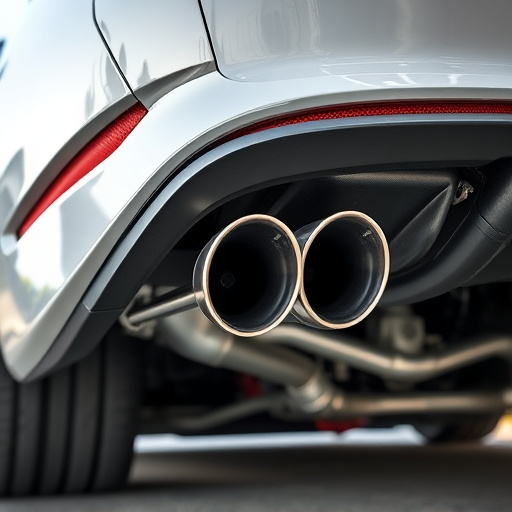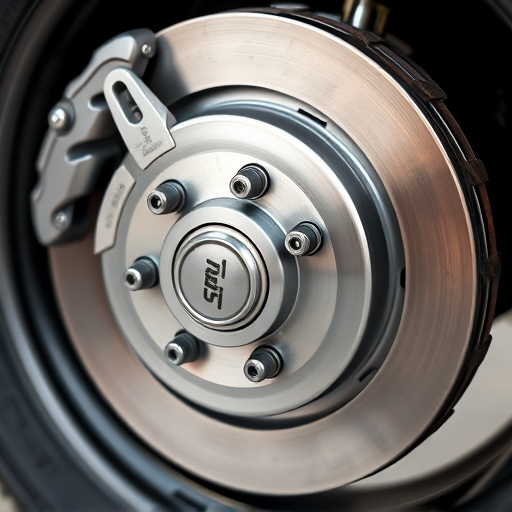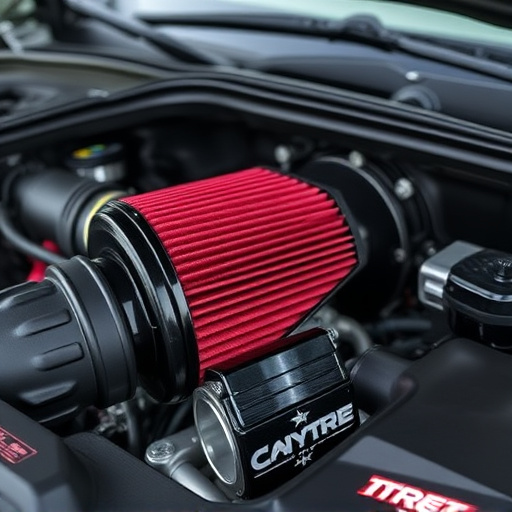The boost controller is a critical component in turbocharged vehicles, managing boost pressure for engine performance and health. Optimal settings prevent power spikes by fine-tuning boost threshold and duration, aligning with transmission shifts. Following manufacturer guidelines and using high-quality components enhances stability and driving experience. Smooth control inputs, combined with airflow improvements like cold air intakes and optimized exhaust, minimize boost spikes for smoother acceleration and improved performance.
In the realm of gaming, mastering control techniques is key to victory. This article guides you through the art of avoiding boost spikes—sharp increases in speed that can disrupt your gameplay—by harnessing the power of the boost controller. We’ll explore three essential strategies: understanding the controller’s functionality, setting optimal parameters for stability, and implementing consistent control techniques. By mastering these skills, gamers can navigate challenging courses with grace and precision, ensuring a smoother and more enjoyable experience.
- Understand Boost Controller Functionality
- Set Optimal Parameters for Stability
- Implement Consistent Control Techniques
Understand Boost Controller Functionality
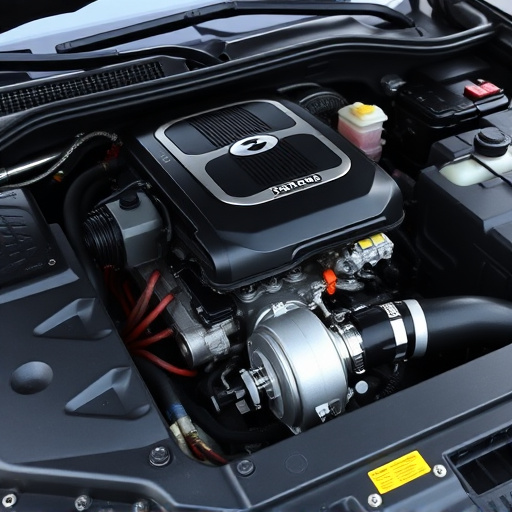
The boost controller is a critical component in turbocharged vehicles, responsible for managing and regulating the amount of boost pressure delivered to the engine. It acts as a middleman between the turbocharger and the engine, ensuring optimal performance while minimizing spikes. Understanding how this controller functions is key to avoiding dangerous boost spikes that can cause significant damage to your vehicle’s engine.
Boost controllers monitor various sensors and inputs, including manifold pressure and engine RPM, to adjust the amount of compressed air entering the engine. They work in conjunction with the electronic control unit (ECU) to maintain a steady and safe boost level, preventing sudden increases or drops that could harm intake components like air intake systems and cold air intakes. Correct use involves adhering to the vehicle’s recommended boost range, as specified by the manufacturer, ensuring smooth acceleration and maintaining engine health over time.
Set Optimal Parameters for Stability
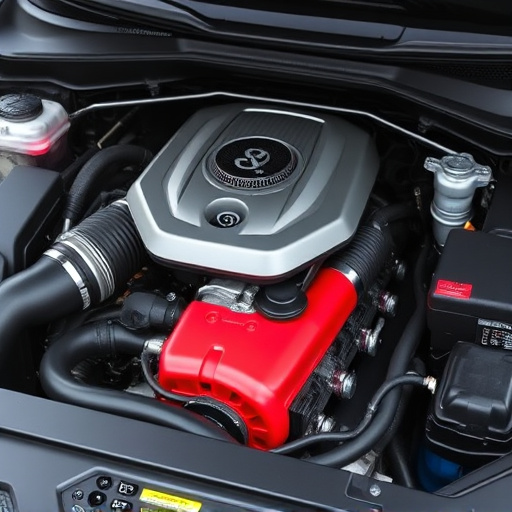
To avoid boost spikes while using a boost controller, setting optimal parameters for stability is crucial. This involves adjusting key settings on your controller to ensure smooth power delivery. Start by fine-tuning the boost threshold and duration, which control when and how long the boost kicks in. A lower boost threshold can help prevent sudden jolts of power, while a well-calibrated duration ensures that you maintain control without losing traction.
Additionally, consider adjusting the shift points of your transmission to align with your desired boost levels. This synchronization helps in maintaining stability as the engine transitions between boost and non-boost phases. Remember, optimal settings may vary depending on your vehicle’s make and model, so consult manufacturer guidelines or seek advice from automotive experts for precise tuning. Using components like high-quality brake pads, a well-maintained cat-back exhaust system, or muffler tips can further enhance overall vehicle stability, contributing to a smoother driving experience.
Implement Consistent Control Techniques
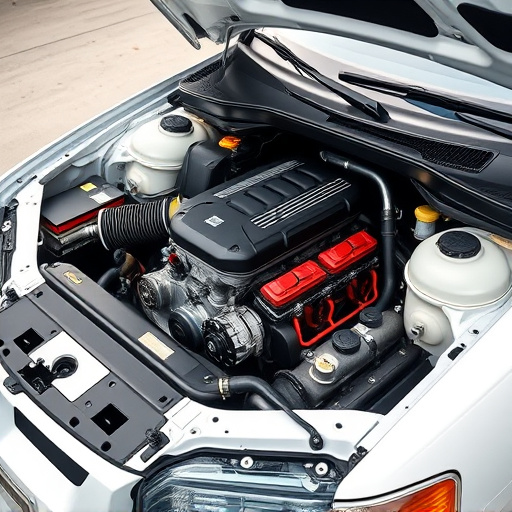
To avoid boost spikes, implementing consistent control techniques is key. This means learning and applying smooth and precise control inputs to your vehicle’s boost controller. Practice maintaining a steady throttle position during acceleration to prevent sudden changes that can trigger boost spikes. Remember, the goal is to keep the boost level stable as you gain speed, ensuring a more controlled and efficient drive.
Moreover, integrating features like cold air intakes and muffler tips (or considering upgrades to exhaust systems) can indirectly aid in controlling boost spikes. These modifications optimize airflow, reducing turbulence and pressure differentials that might disrupt boost levels. By combining these adjustments with meticulous control techniques, you’ll experience smoother acceleration and better overall performance while minimizing the occurrence of boost spikes.
By understanding the intricacies of a boost controller’s functionality, setting optimal parameters for stability, and implementing consistent control techniques, drivers can effectively avoid boost spikes. This ensures smoother performance and extended engine health, making correct controller use an indispensable skill for any enthusiast. Remember, mastering the art of boost management with a boost controller is key to unlocking your vehicle’s full potential while maintaining its reliability.










